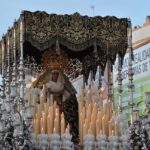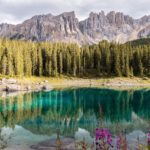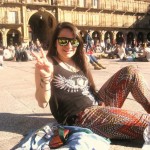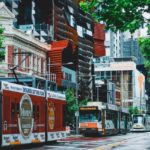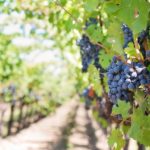Celebrating Semana Santa in Antigua, Guatemala
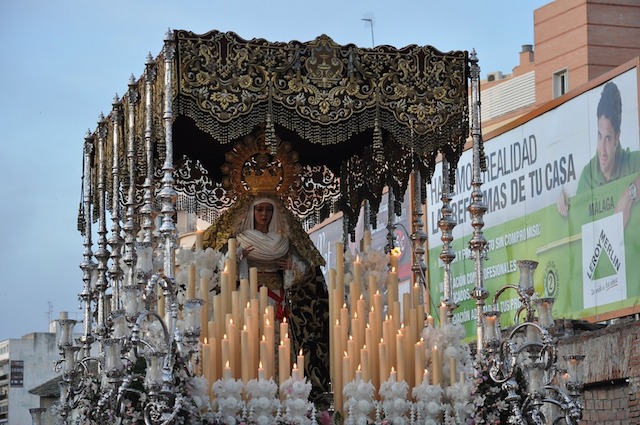
I spent the week of Easter in 2011 looking at the most beautiful rugs I’d ever seen in my life. They weren’t real rugs, though – not ones you’d put on the floor of your living room. They were alfombras, which is Spanish for “carpet,” laid out on the cobblestone streets of Antigua, Guatemala. Typical Easters at home aren’t much of a big deal – I’m actually Jewish – so this one in Guatemala was especially unique and exciting for me.
I found myself in Antigua with my mother, sister, and grandparents, as a side trip after volunteering as a family at a weeklong eye health clinic in Santa Ana, El Salvador. We arrived in Antigua after dark on the eve of Good Friday, which is the beginning of Semana Santa, or the Holy Week that culminates in Easter Sunday.
Celebrating Semana Santa in Antigua, Guatemala
The alfombras are the jewel of Semana Santa. As the name implies, they are elaborate, painstakingly crafted works of art laid out in the middle of the streets. Some of them are made out of wood shavings that have been dyed saturated shades of magenta, azure, royal purple, juicy green, and orange-yellow. The shavings are kept in sacks, bulging and filled to the top, like spices in a Middle Eastern market, piled up on the sidewalks.
Using stencils, the artists layer the likenesses of butterflies with wings in impossible shades of red and emerald, tropical birds with swirling tail feathers, even a jaunty Pegasus with shining yellow wings. Other alfombras are made entirely out of plant materials, like leaves, hay, and flower petals, laid out in energetically sharp geometric patterns. One of my favorites featured circles made of red flowers outlined by long, graceful, lushly green leaves.
Simply walking around Antigua, Guatemala is an adventure in itself, but the city has a certain sense of religious passion during Semana Santa which, to a visitor like me, translates into a vivacity that makes the whole city seem wide-awake and ready to be admired.
Part of the incredible loveliness of the alfombras is their ephemerality; the works of art in the streets are ruined when parade processions come by. Participants in traditional dress – the classically Central American, intricately wrought, beautifully colored frocks – or long, flowing purple robes with white veils – walk through the city carrying heavy “floats,” containing detailed, sculptural religious scenes with important figures, such as Jesus Christ and the Virgin Mary.
These parade processions are remarkable to witness; the sidewalks are crowded with people, not only locals, but visitors from all over the world. The fragrant smoke from silver, globe-like incense burners fills the air, and lingers on clothing, so you smell like it the whole day. As beautiful as they are, and as heartbreaking it is to see them ruined, losing the alfombras is worth a parade like none other.
Part of the incredible loveliness of the alfombras is their ephemerality; the works of art in the streets are ruined when parade processions come by.
The beauty of Semana Santa aside, the city of Antigua is a character in itself. Everywhere you look, there are old buildings painted in various shades of sky blue and mustard, with vines trailing their fingers up the walls, and bougainvillea creeping around the wrought iron fences and window coverings. Ruins of cathedrals crumble slowly, their rubbly brick skeletons exposed to curious passersby. Shops along the sidewalk have piles of folded dresses and shirts in the traditional style, with colorful embroidery, with women sitting close by weaving on wooden looms.
Down the road, street vendors sell mangos on sticks, cut up to look like rare tropical flowers. Beyond the city, volcanos blanketed in cool, misty forests loom. Simply walking around Antigua, Guatemala is an adventure in itself, but the city has a certain sense of religious passion during Semana Santa which, to a visitor like me, translates into a vivacity that makes the whole city seem wide-awake and ready to be admired.
Celebrating Semana Santa in Antigua, Guatemala

